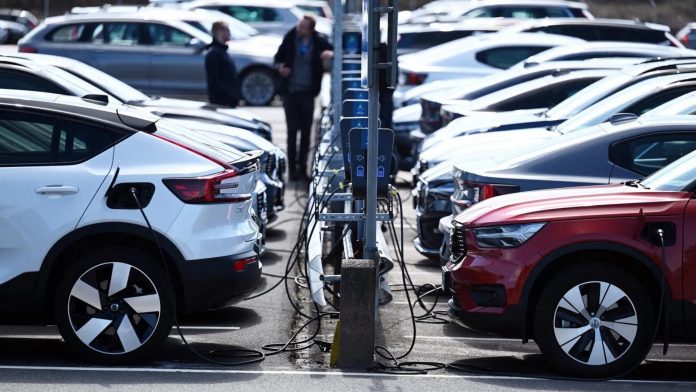Owning an electric vehicle is a lot like owning a gas vehicle. However, a few factors can be considered while buying and selling used EVs. The past locations of a secondary electric car may be more important than you realize because prolonged heat exposure may lead to battery degradation.
According to a recent study by Recurrent, Teslas owned and operated in cold and marine temperature zones had higher average range scores than Teslas owned and operated in warm climate zones.
Like people, batteries are constantly aging. We can take steps to slow these effects down, like getting more exercise and sleep, or we can speed them up, like smoking and tanning. Batteries behave similarly, and being around heat is similar to smoking cigarettes. The electrochemical reactions in the battery receive additional energy from the environment, which might speed up unintended chemical reactions that cause the battery to age prematurely. The commonly accepted threshold for accelerated battery degradation is roughly 30 degrees C, or 86 degrees F.
Owners and drivers can take precautions to shield their EV batteries from the heat. Some of these are straightforward, while others require some thought or planning:
- When the weather is scorching and sunny, park in a garage or the shade, it will matter, especially if your garage has climate control or is even somewhat cooler, thanks to in-home air conditioning.
- It’s preferable to leave your automobile half-charged rather than fully charged if you must leave it in the heat or sun. This is because there are less adverse effects when the battery is half-charged. After all, it is more stable.
- Consider a more recent LFP battery if you’re interested in an EV and know it will be in direct sunlight for long periods without heat relief. These batteries tend to perform better in hot climates.
- At the very least, if you live in a hot climate, ensure that your car has an active thermal management system, and try to leave it plugged in, with a charge limit set, when not in use.
Although cold temperatures can temporarily impair an electric car’s performance, it does not harm the vehicle permanently. The energy requirements of heating the battery and cabin—the energy to warm things up comes from the same source as the energy to run the car—cause range reduction in cold weather. The car’s performance will resume normal when the weather warms up because cold temperature does not have the same electrochemical effect as heat.




